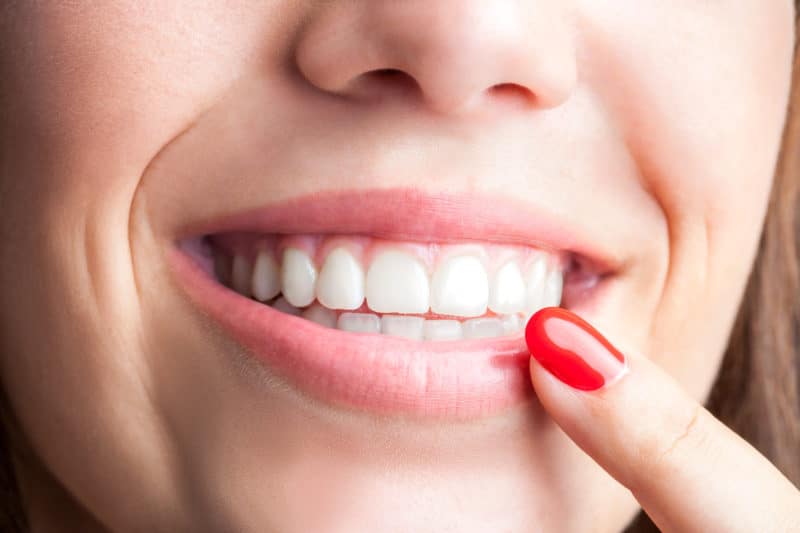Researchers at the University of Sydney recently made a breakthrough that refines our understanding of teeth enamel and could play a role in preventing tooth decay.
Tooth decay and gum disease remain widespread problems that can affect the appearance of your smile, lead to deteriorating dental health, and increase your risk for other health concerns. The new findings regarding enamel may contribute to new methods for protecting teeth from cavities and reduce the need for fillings and dental crowns.
Dental Enamel: A Closer Look
Dental enamel is the hardest tissue in the human body. The enamel defends our teeth against the daily wear associated with biting and chewing, and it provides a layer of protection against harmful bacteria.
Enamel also shields the sensitive interior portions of the teeth from extremely hot or cold foods and beverages. Although enamel is semi-translucent, it is a factor in the colouration of our teeth; as enamel erodes over time, the bright-white color of healthy, youthful teeth gives way to hues of yellow, brown or gray (the effects of discolouration and stains can often be reversed with professional teeth whitening).
Enamel is primarily composed of minerals. In fact, it has a higher concentration of minerals than any other tissue in the body, even bone. Yet enamel is vulnerable to sugary and acidic foods and drinks, and our bodies cannot produce more to replace enamel that is destroyed, so it’s important to protect what we have.
Dental Enamel: An Even Closer Look
Using a new microscopy method known as atom probe tomography, a University of Sydney dental research team conducted a nanoscale examination of the composition of enamel. A nanometer is one-billionth of a meter.
According to an Australian Dental Association article about the research, this technique allowed the team to produce the first 3D maps that depict the positioning of atoms crucial to the tooth decay process. Fluoride, magnesium, and carbonate ions are known to influence the physical properties of dental enamel, but scientists had not previously seen such a high-resolution view.
In so doing, researchers believe they identified the manner in which tooth decay is affected by the composition and structure of enamel at the atomic level. The findings represent a significant advancement in our understanding of teeth structure and why certain elements are integral to healthy enamel.
Dental Enamel: The Big Picture
Dental enamel is vital to a healthy smile. The new research has the potential to inform future treatments designed to protect against the breakdown of specific enamel components involved in decay.
“The new understanding of how enamel forms will also help in tooth remineralisation research,” said Dr. Alexandre La Fontaine, one of the study’s lead researchers, in a University of Sydney report. While enamel does not regenerate, there are fluoride- and calcium-rich products available aimed at strengthening the remaining dental enamel.
The best way to protect your teeth enamel and your oral health is to enjoy a balanced diet, maintain a good oral hygiene routine, and visit your dentist regularly for checkups and teeth cleanings.
The Sydney dentists at My Hills Dentist offer a spectrum of general dentistry and cosmetic dentistry services to help you maintain a beautiful, healthful smile. Please call our Baulkham Hills office today at (02) 9686 7375 to schedule your appointment.


